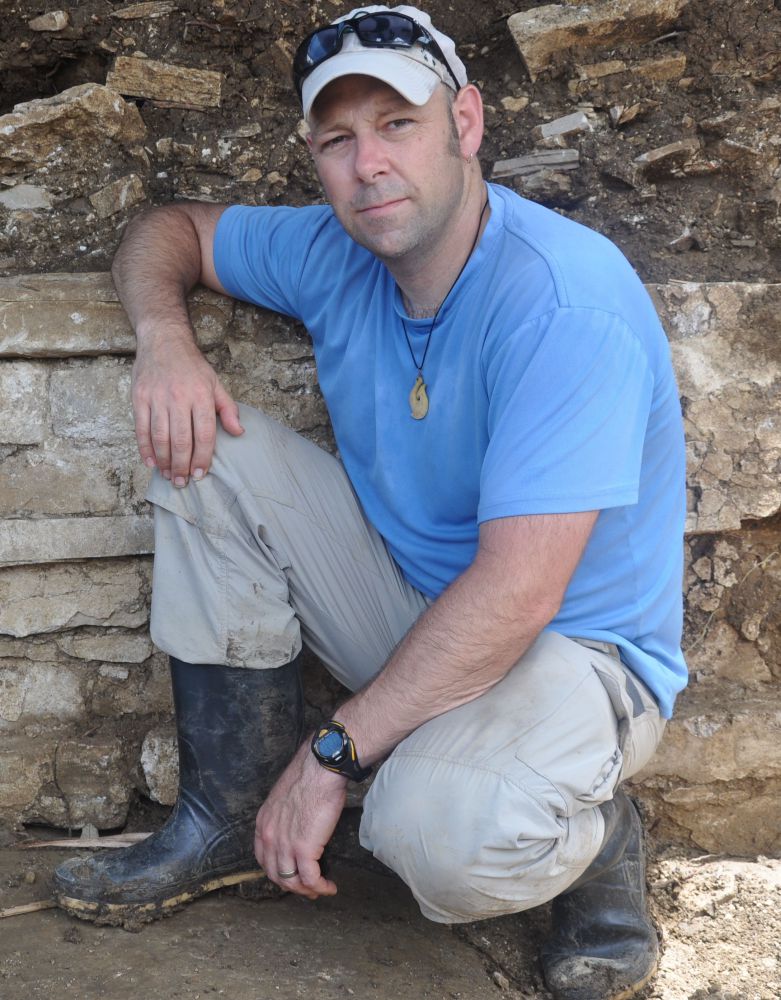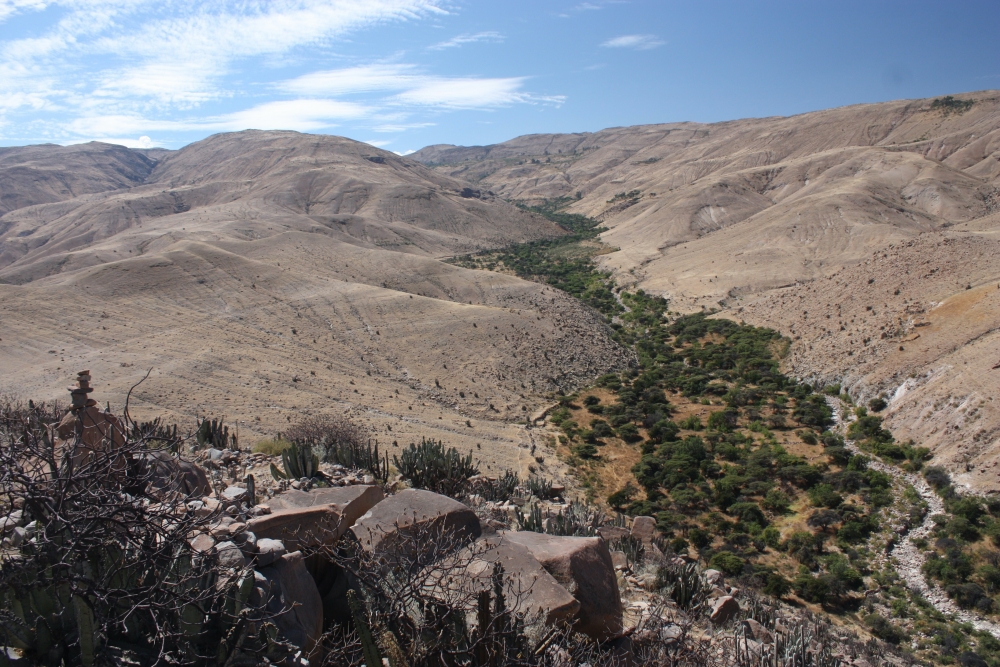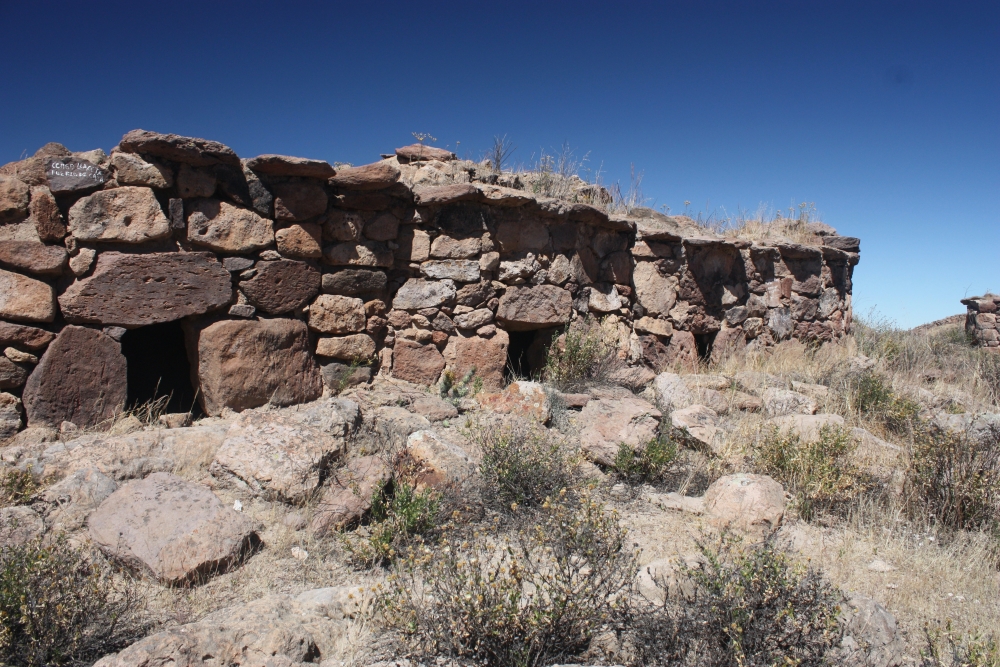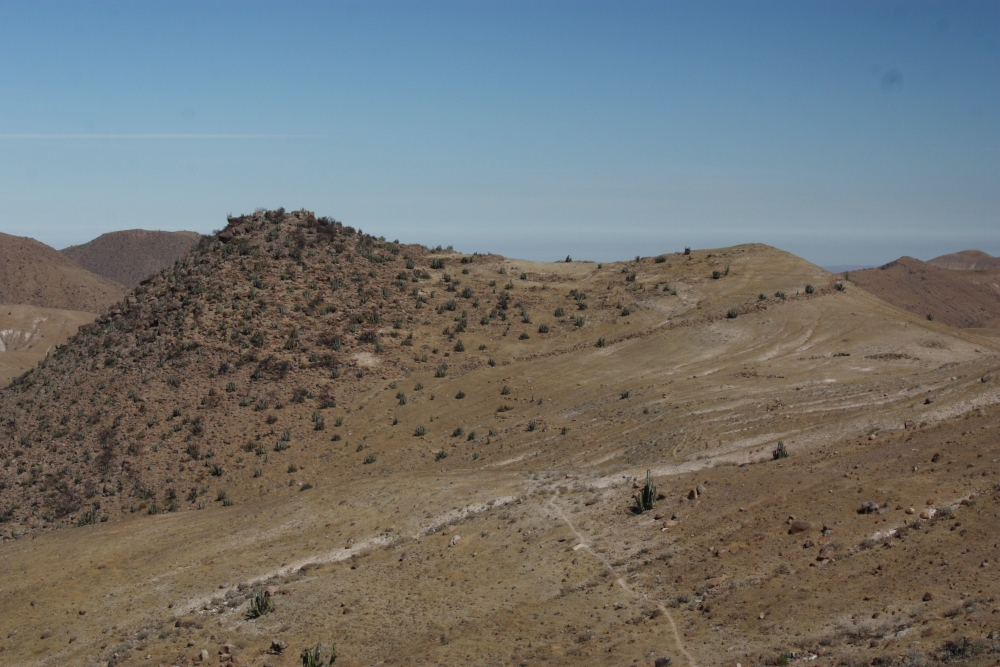Violence of Abundance


When we consider the nexus of violence and climate change, we tend to think in terms of resource failures from drought and heat. It seems simple: A lack of food and water leads to bloodshed.
But a new study argues that the factors that drive climate change-induced warfare are much more complex, and examines long-term lethal violence in the precolonial Andes highlands from 750 to 1450 Common Era (CE). It found that favorable climate conditions sparked population growth that overtaxed a marginal resource base, which resulted in 450 years of internecine warfare.
Douglas J. Kennett, a UC Santa Barbara professor of anthropology and a co-author of the study with former UCSB postdoctoral scholar Weston McCool (now at the University of Utah), said it demonstrates that there’s not a simple relationship between climate change and violent conflict.
“In some contexts,” he said, “resource scarcity associated with drought may lead to conflict between competing groups. However, resource shortages can also result from rapid population growth during favorable climatic intervals that ultimately result in conflict. This is highly relevant in today’s global geopolitical landscape where droughts are thought to result in conflict.”
The study examined climate data from the Nasca highland region in the central Andes, along with archaeological data that provided demographics in the Late Intermediate Period (LIP, 950-1450 CE). In addition, human skeletal remains from cemeteries adjacent to the hilltop forts of the region were examined for trauma.
What the researchers found was “a significant relationship between productive climate conditions and demographically induced resource competition and warfare.” They acknowledge their findings are at odds with previous assumptions regarding the link between drought and conflict. But they say the findings makes sense when examining the dynamics between climate, demography and violence.
“Specifically,” they write, “our results show a cascade effect from climate change to demography and lethal conflict, whereby improving climatic conditions foster in situ growth and/or in-migration that result in resource stress and violent competition.”
Although the paper focuses on a relatively narrow time and place, Kennett said the study has much broader implications.
“Our approach can be used for examining the complex relationships between climate change, population dynamics and resource scarcity during the last 10,0000 years,” he said, “and our results are highly relevant to considering conflict in geopolitical hotspots around the world today.”
In addition, Kennett said, “The study shows the importance of looking at complex human and natural systems over long periods of time that are only accessible via archaeological research.”






